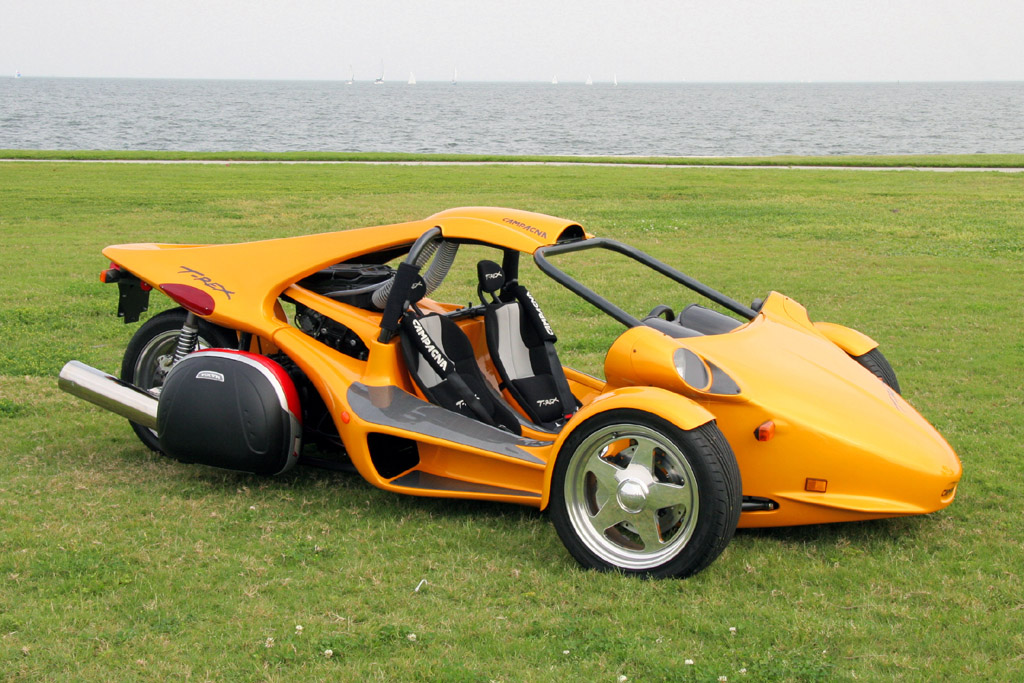Onidaren
10 mW
I am designing a modular hybrid tadpole and need to find some way to recharge a 120V phosphate battery pack while the vehicle is using it. The idea here is to avoid carrying around a massive battery bank by supplementing with one tiny, lightweight generator like this one: http://www.amazon.com/Earthquake-11613-Portable-Generator-Compliant/dp/B00FL89I2W/ref=zg_bs_5006643011_3 or this one: http://www.amazon.com/Yamaha-EF2000iS-4-Stroke-Generator-Compliant/dp/B002RWK9N2/ref=sr_1_1?s=lawn-garden&ie=UTF8&qid=1431706866&sr=1-1&keywords=yamaha+ef2000is and two lightweight solar panels like this one: http://www.amazon.com/dp/B00IK19VF6/ref=wl_it_dp_o_pC_nS_ttl?_encoding=UTF8&colid=JR9JJK1AEGXY&coliid=I2UP4V9T4SKY94&psc=1
Why 120V? To reduce losses due to resistance. Also because the generator puts out 120V, so the charging system will not require a voltage step up or down, just a rectifier/smoothing package.
Why fossil fuel? Because of energy density, flexibility of energy sources, and off the shelf cost. As it is, a small LiFe pack will cost a few thousand dollars and so a $300 generator becomes a mighty attractive addition. Motors do not chew up 20kW+ all the time unless your name is liveforphysics, John in Cr, farfle, or a few exceptional others. The battery exists to handle bursts of power for a handful of minutes, and then recharge with the generator and solar panels.
For those interested, here are the rough design specs:
Total Weight: ~180kg (400lbs) maximum, including the driver plus a backpack (no passengers)
Speed: ~65 mph (105 kmh) on a near-dead battery (meaning 29 cells in the battery pack, minimum)
Hill climb ability: 0-65 mph at 20 degrees (not quite tree-climbing but close)
Mid-monster motor or Hub Monster (no ventilation holes drilled in the case. I live on a dirt road)
Mid drive system a must
LiFe, used chevy volt battery cells or similar, OR 3x 36V 20ah ping battery in series (high kWh/$ ratio)
Don't care much about the controllers (the motor requires 2 of them) as long as they are sturdy and inexpensive for this application.
I care about cost, but I am not willing to buy something that will blow up or otherwise fail in short order.
By law, this will be considered a motorcycle and licensed as such. However, it is NOT a motorcycle. It is much closer to a car on three wheels, but I don't call it that either because most people think of four wheels when I say "car".
After many iterations of testing and revision, the finished vehicle will look like this, but smaller and electric with only one seat (the pictured vehicle is gas-only):

Why 120V? To reduce losses due to resistance. Also because the generator puts out 120V, so the charging system will not require a voltage step up or down, just a rectifier/smoothing package.
Why fossil fuel? Because of energy density, flexibility of energy sources, and off the shelf cost. As it is, a small LiFe pack will cost a few thousand dollars and so a $300 generator becomes a mighty attractive addition. Motors do not chew up 20kW+ all the time unless your name is liveforphysics, John in Cr, farfle, or a few exceptional others. The battery exists to handle bursts of power for a handful of minutes, and then recharge with the generator and solar panels.
For those interested, here are the rough design specs:
Total Weight: ~180kg (400lbs) maximum, including the driver plus a backpack (no passengers)
Speed: ~65 mph (105 kmh) on a near-dead battery (meaning 29 cells in the battery pack, minimum)
Hill climb ability: 0-65 mph at 20 degrees (not quite tree-climbing but close)
Mid-monster motor or Hub Monster (no ventilation holes drilled in the case. I live on a dirt road)
Mid drive system a must
LiFe, used chevy volt battery cells or similar, OR 3x 36V 20ah ping battery in series (high kWh/$ ratio)
Don't care much about the controllers (the motor requires 2 of them) as long as they are sturdy and inexpensive for this application.
I care about cost, but I am not willing to buy something that will blow up or otherwise fail in short order.
By law, this will be considered a motorcycle and licensed as such. However, it is NOT a motorcycle. It is much closer to a car on three wheels, but I don't call it that either because most people think of four wheels when I say "car".
After many iterations of testing and revision, the finished vehicle will look like this, but smaller and electric with only one seat (the pictured vehicle is gas-only):


